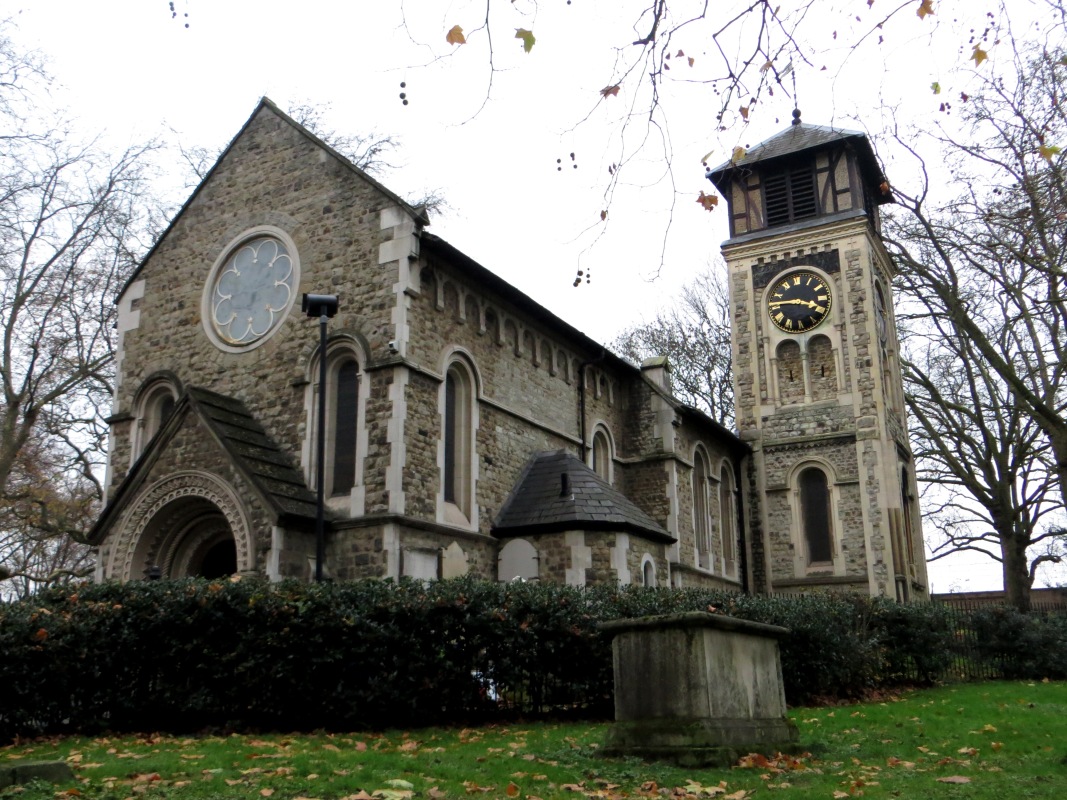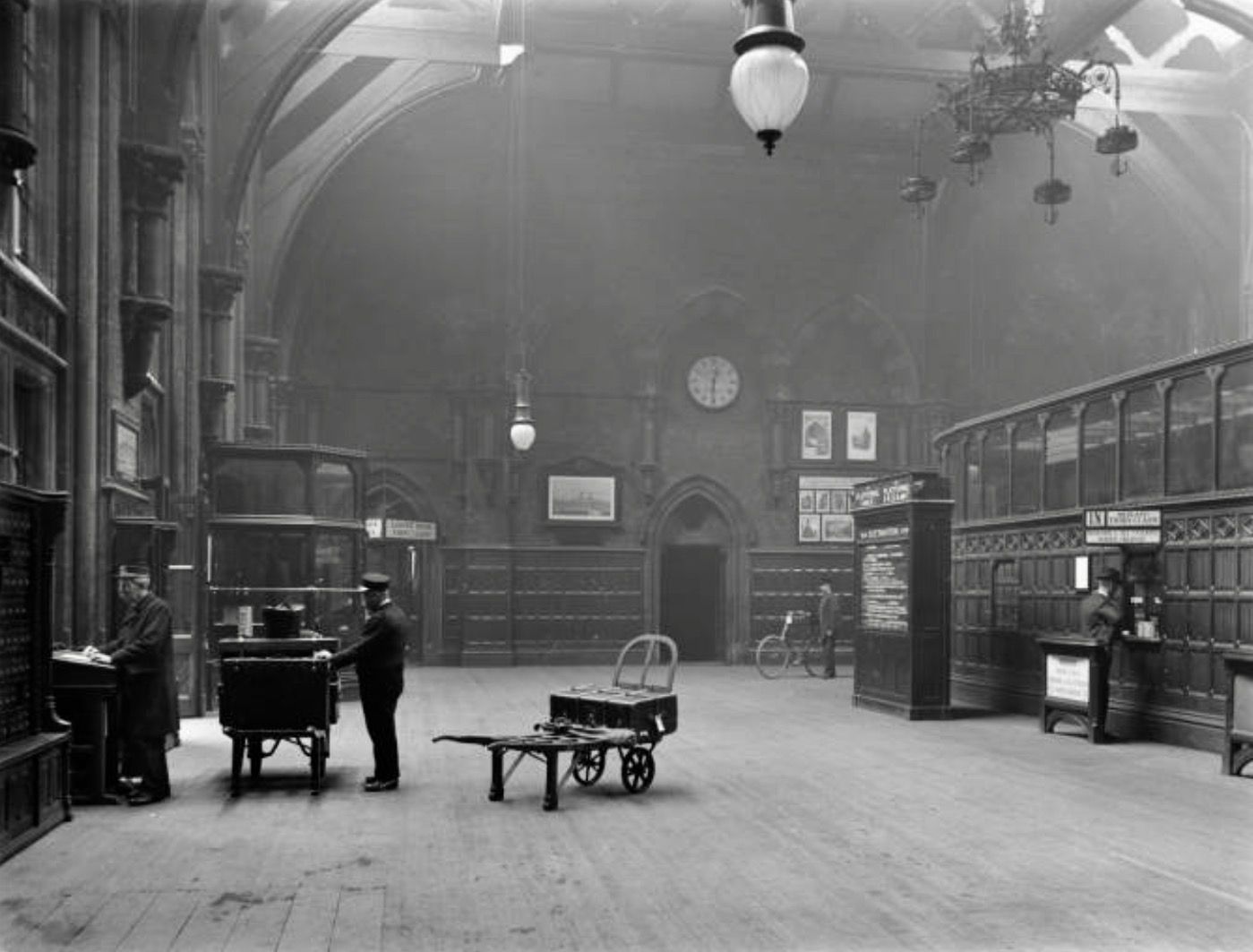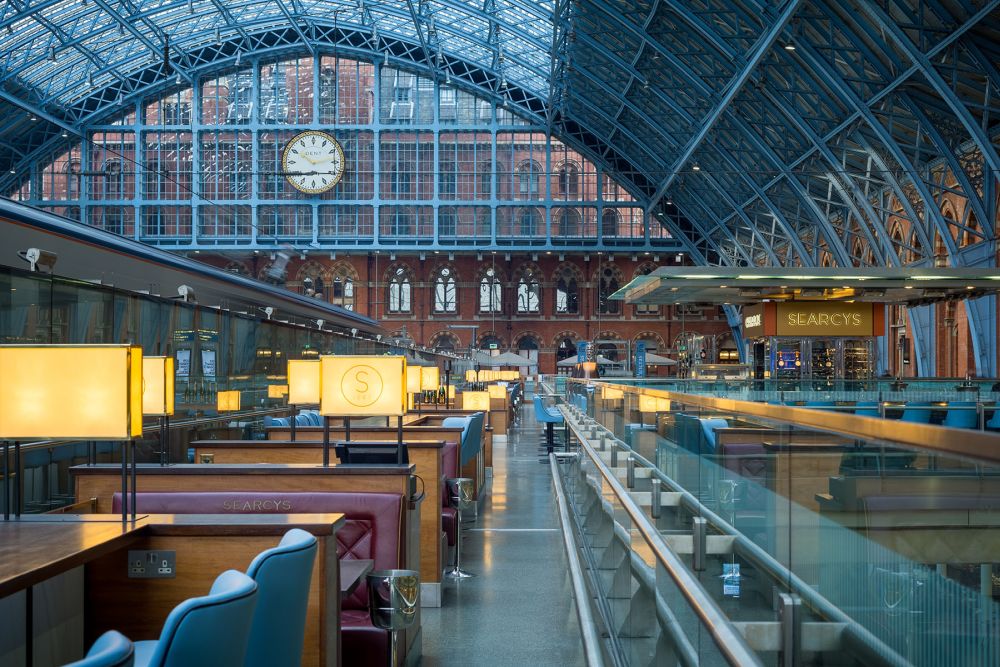St. Pancras, a district nestled in the heart of London, is a treasure trove of history, culture, and architectural marvels. At its center stands the iconic St. Pancras Church, a testament to the district’s rich heritage and enduring legacy. The origins of St. Pancras Church date back to the Norman era, with the current structure being a stunning example of Victorian Gothic architecture. Built in the 19th century, the church has weathered the tides of time, becoming a symbol of continuity and resilience in the face of urban development.

Historical Roots. St. Pancras Church holds a significant place in London’s history. Dedicated to St. Pancras, a teenage martyr of the Roman era, the church has witnessed centuries of social, political, and cultural transformations. Initially established as a parish church in the 12th century, St. Pancras has evolved alongside the city, with each era leaving its mark on the venerable structure. From medieval times through the Victorian era and beyond, the church has played a role in shaping the identity of the district and the city as a whole.

The Evolution into a Suburb. Over time, St. Pancras transitioned from a quaint parish into a bustling suburb of London. The 19th century brought significant changes, fueled by the industrial revolution and the expansion of railway networks. St. Pancras became a pivotal transportation hub with the construction of the St. Pancras railway station, connecting London to the Midlands. This development spurred economic growth and attracted a diverse population to the district. As the railways flourished, so did the surrounding area, witnessing the emergence of residential neighborhoods, commercial enterprises, and cultural institutions.

Modern St. Pancras. In the 21st century, St. Pancras stands as a dynamic blend of historical charm and contemporary vibrancy. The district has retained its architectural heritage while embracing modernity with a mix of residential, commercial, and cultural spaces. St. Pancras International, the current incarnation of the railway station, has become an international gateway, connecting London to Europe. The church continues to be a focal point, serving as a reminder of the district’s deep roots. St. Pancras, once a quaint parish, has metamorphosed into a thriving and cosmopolitan neighborhood, embodying the ever-evolving spirit of London.

St. Pancras, London, encapsulates a captivating narrative of resilience and transformation. From its medieval roots at the St. Pancras Church to the bustling suburb shaped by industrial progress, the district mirrors the dynamic history of London itself. Today, St. Pancras thrives as a vibrant intersection of tradition and modernity, with its iconic church and international railway station serving as enduring symbols of the district’s enduring spirit and adaptability in the ever-changing urban landscape.

